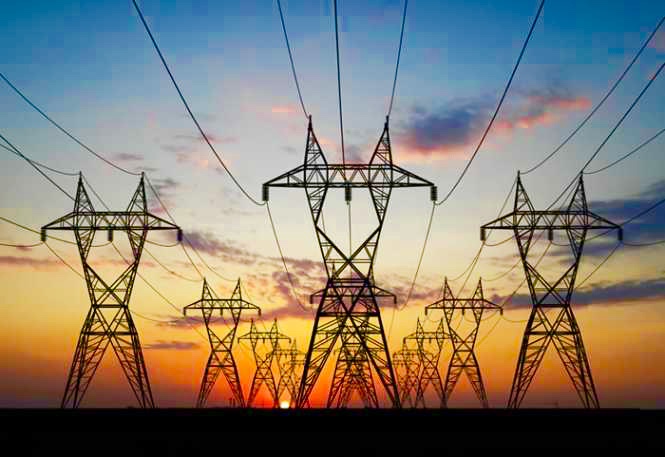In Zambia, Africa’s second-largest copper producer, daily life is increasingly disrupted by power outages as the country endures severe energy rationing. Households are left with just 3-5 hours of electricity per day, while the water levels at Kariba, the world’s largest man-made lake, have dropped to critical lows, significantly hampering power generation. The business environment remains in contraction, with manufacturers facing escalating costs as they rely more heavily on diesel generators to offset electricity shortages. The bond markets have not been immune to these pressures, now pricing in an array of risks, chief among them the sovereign stress stemming from an El Niño-induced drought. Zambia’s power deficit is pegged at 1, 280- MW.
Last Friday, Zambia’s Kwacha bond auction raised K2.5 billion in an oversubscribed sale, pushing the yield curve up by 100 basis points, save the 2- year, with the 15-year bond now yielding 28.25% and the 5-year at 23.5%. Year-to-date, the Kwacha demand curve has widened by 150-200 bps. Offshore investors are demanding a premium for sovereign risk, factoring in the drought-induced power outages, food security concerns, and ongoing foreign currency supply constraints. An ambidextrous market view reveals that the signs were evident in the treasury bill market when the 1-year t-bill rose to 19%.
Initially, it was anticipated that the Kwacha yield curve might decline, given the progress in debt restructuring. However, rising headwinds continue to threaten the growth prospects of the copper-dependent economy. Zambia’s GDP is forecast to grow by 2.4% in 2024, but the likelihood of missing this target has increased significantly as persistent power shortages undermine private sector activity and drive inflation higher. The August Consumer Price Index rose to 15.5%, with food prices and cost-push factors being the primary drivers of declining purchasing power. Despite CPI headlining 15.5% an infinitesimal 0.1% uptick, month on month food inflation doubled signaling greater pressure in the next coming months.
In the foreign exchange market, dollar supply remains constrained, despite a modest year-on-year increase in copper production, which reached 447,000 metric tons in the first 7-months of 2024—a 2.4% decline year on year. Copper prices on the London Metal Exchange have partially offset the impact of this limited production, trading at an average of $9,280 per metric ton. Zambia is on the verge of a mining boom, with capital expenditure commitments totaling circa $6 billion. However, this has yet to translate into significant increases in copper output in the near to medium term. Investor confidence in the new dawn government led by Hakainde Hichilema is strong, with commitments to expanding mining investments. Key projects include FQM’s expansions, CNMC’s dewatering of Luanshya Copper Mines, Bill Gates’ Kobold Metal explorations at Mingomba, China Jiangxi’s Lubambe project, IRH’s Mopani, and the recently resolved impasse with Vedanta’s Konkola Copper Mines. The copper sector’s strategic plan aims to ramp up production to 3 million metric tons by 2031, with a 30% stake in all critical mineral projects going forward.
In August, Central Bank Governor Dr. Denny Kalyalya held interest rates steady at 13.5%. The Bank of Zambia has cumulatively raised the policy rate by 250 bps and the cash reserve ratio by 900 bps to 26% in 2024, in an effort to mitigate FX risk. Still under consideration is de-dollarization legislation, aimed at bolstering the Kwacha’s status as legal tender.
Last month, the International Monetary Fund approved an augmentation of Zambia’s extended credit facility to $1.7 billion, driven by urgent funding needs to mitigate drought impacts, which were previously estimated at $940 million. Of this, $388 million was allocated for drought relief, partially funding the supplementary budget presented in June.
This month, Finance Minister Dr. Situmbeko Musokotwane is expected to present the 2025 budget, outlining strategic plans for debt service management and electricity imports as the drought crisis deepens. Market sentiment remains cautious following the Energy Regulation Board’s decision in August to reject ZESCO’s application for a tariff hike.
Given the increased appetite for yield and the existing funding gaps, the upcoming Thursday treasury bill auction is likely to see strong demand.
The Kwacha Arbitrageur

